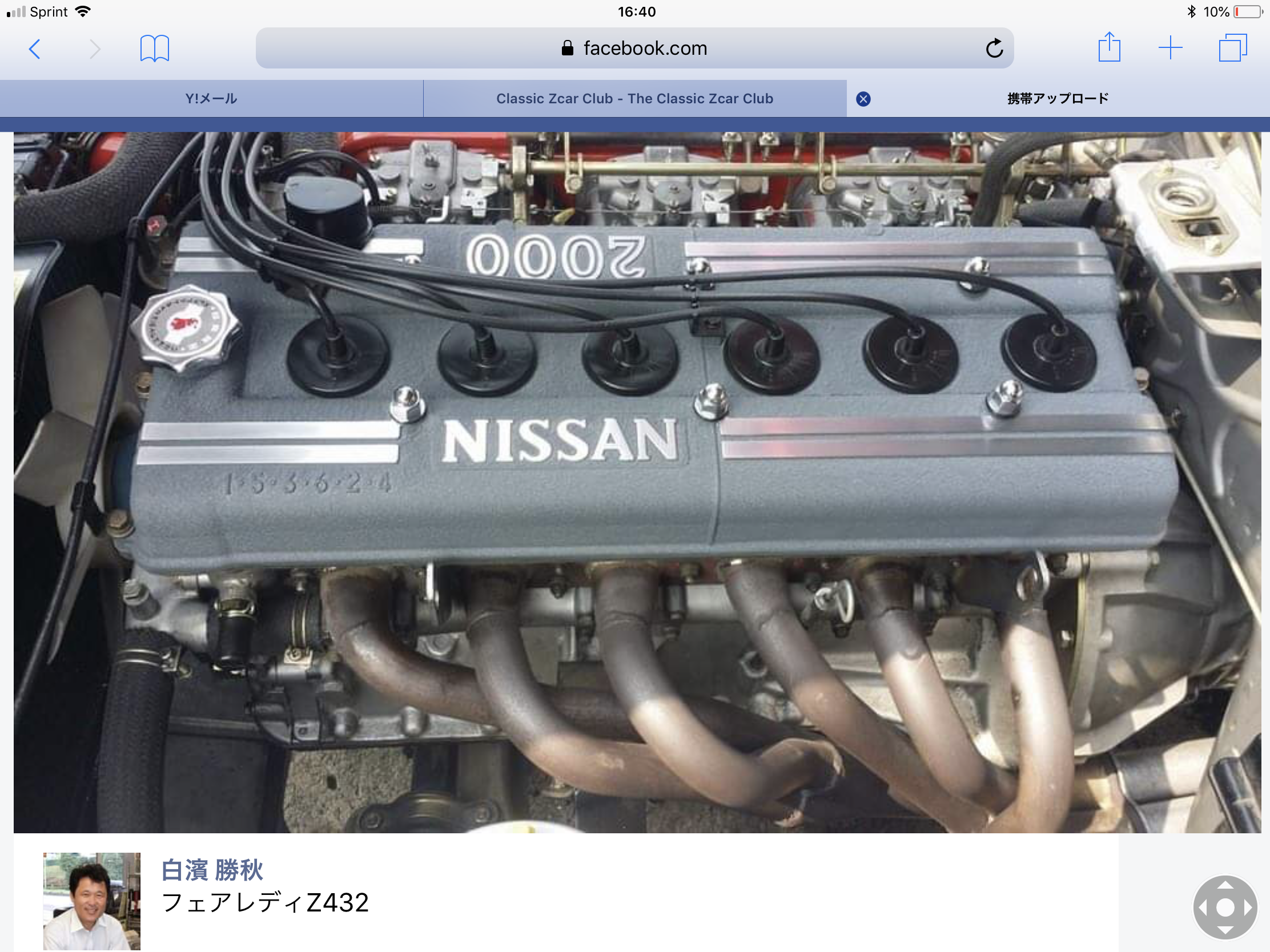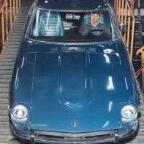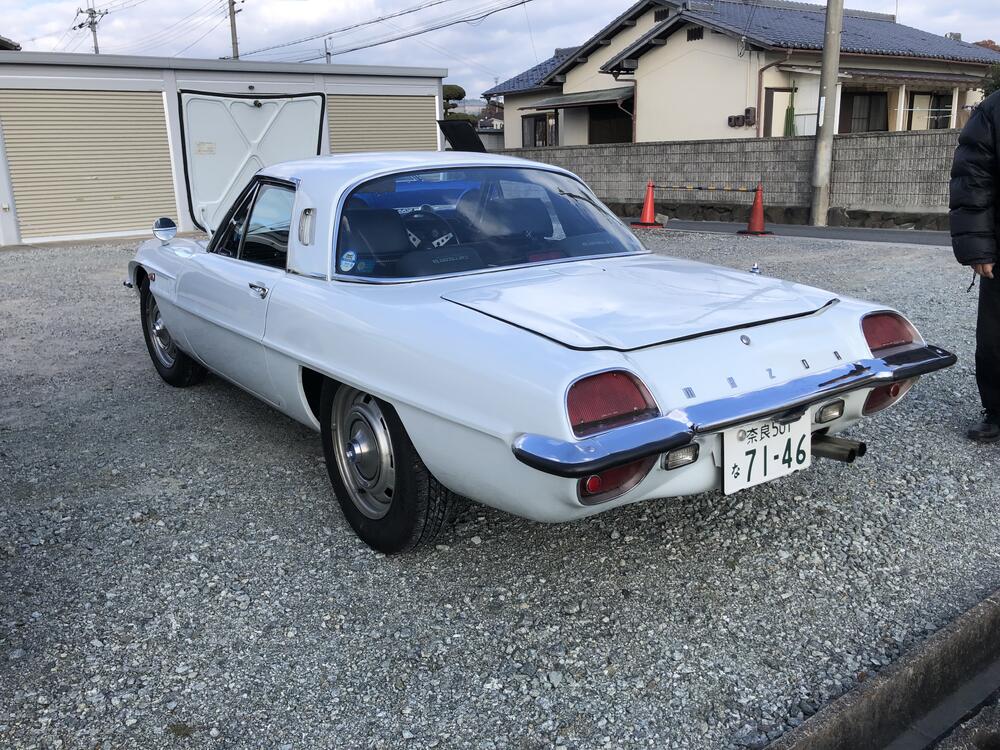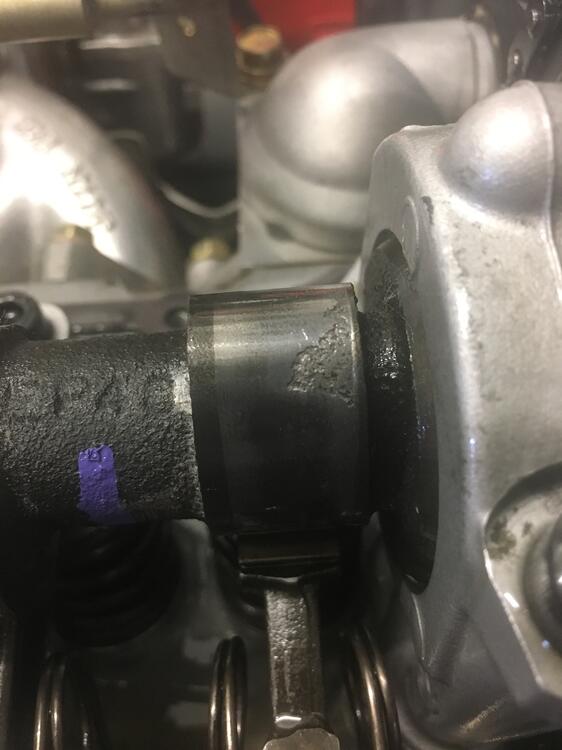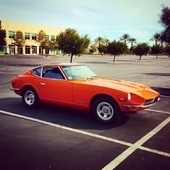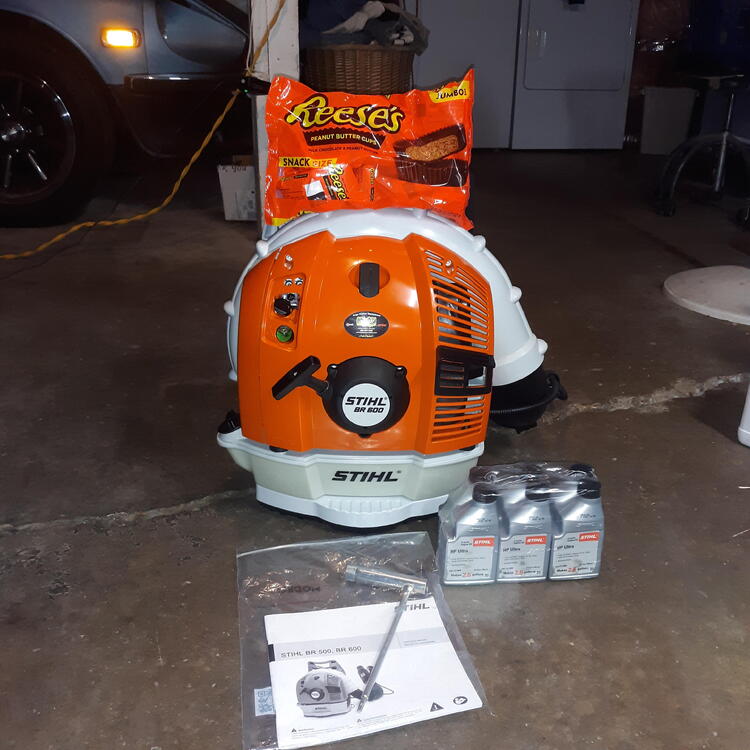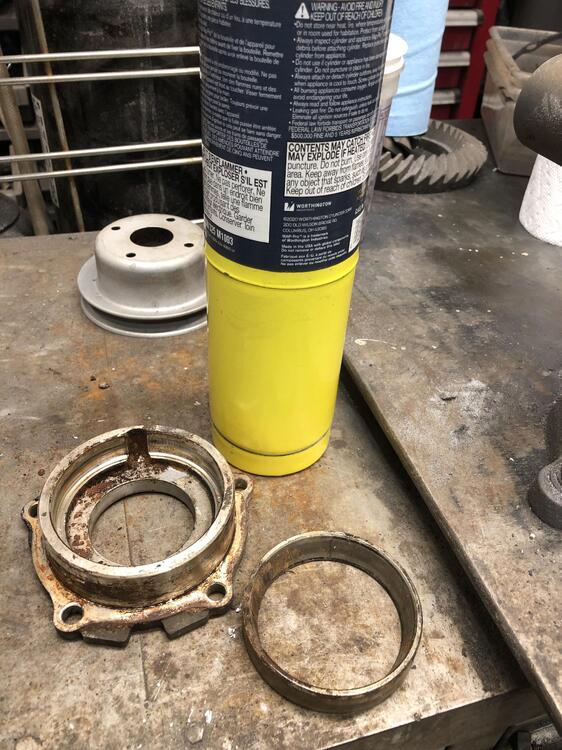Yes! And don't forget the "...For The USA!" part...
Tell that - just a few days after Christmas - to Frankincense and Myrrh. They'll Shellac you for it.
Seriously, we don't know what kind of 'resin' was used as a binding/curing agent here. We are guessing. But given Japan's long history with lacquerware ('Shikki') I would not necessarily bet against the binding/curing agent being plant-derived. Another guess yes, but one with some supporting evidence.
Incidentally, there's an old Japanese technique called 'Harinuki'/'Ikkan Bari' which is - in effect - paper composite. Japanese 'washi' paper was put into a mould or former and lacquer was applied in layers to 'cure' it into the desired shape. There was also a process called 'Shunkei Nuri' where wood was stained to bring out the grain and then lacquer applied in layers - sometimes with added metal flakes or shell fragments for decoration - to preserve the effect and make it water (or tea) proof. The artisans involved would probably find Izumi's wood composite work somewhat familiar, I should think.
I would respectfully add that we are missing two key points here. Volume production and cost.
Nissan specifically wanted wood steering wheels (they already had true 'Plastic' steering wheels for their more basic models, and they were made by a company called - wait for it - 'Nihon Plastics') but it was at that point fairly hard to mass-produce them. The traditional wooden steering wheel of the 50s and 60s was predominantly a low volume/hand made type of item attached to higher status/more sporting cars, or sold as a comparatively expensive aftermarket accessory with a brand name attached. Izumi's techniques allowed wood steering wheels to be mass produced (hundreds a day at least), and at a cost that made them viable for fitment as standard equipment. This is important.
